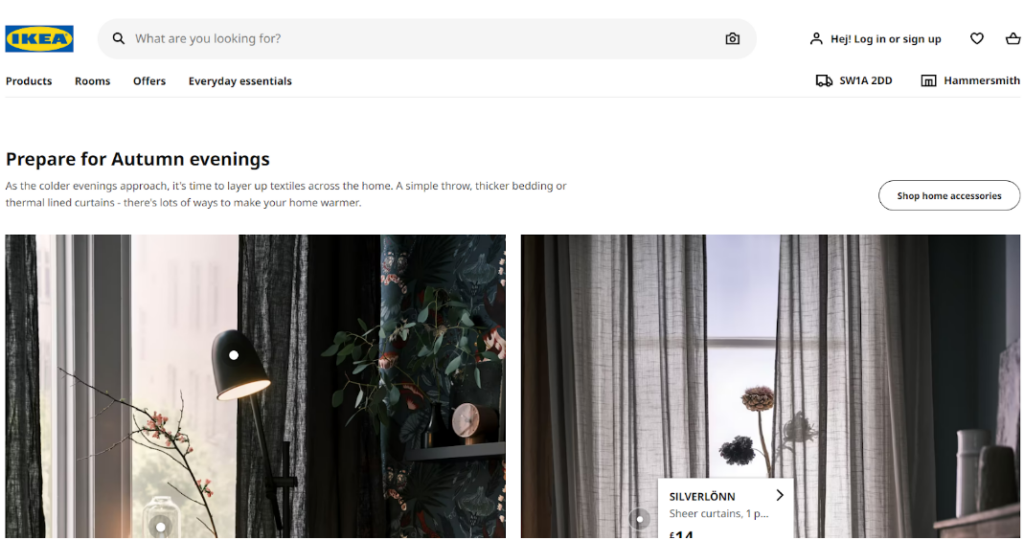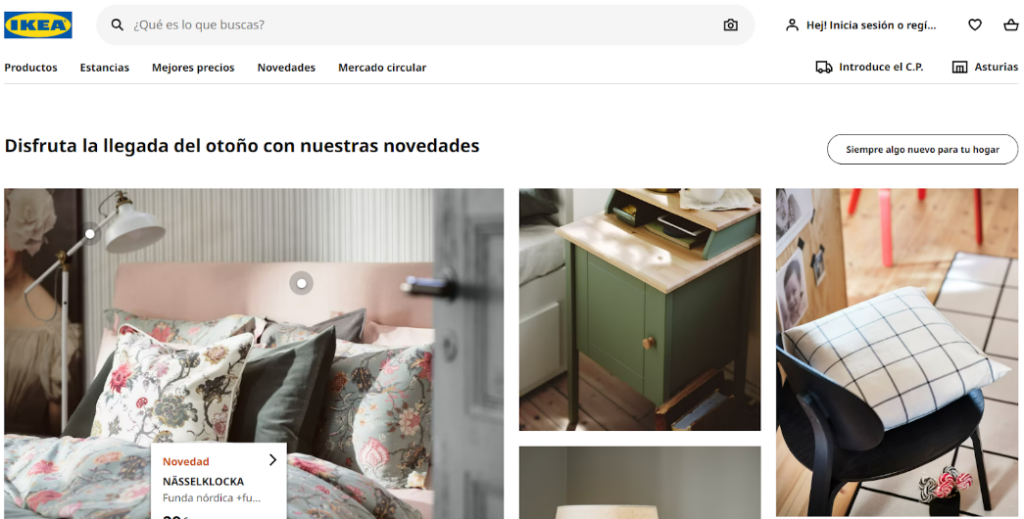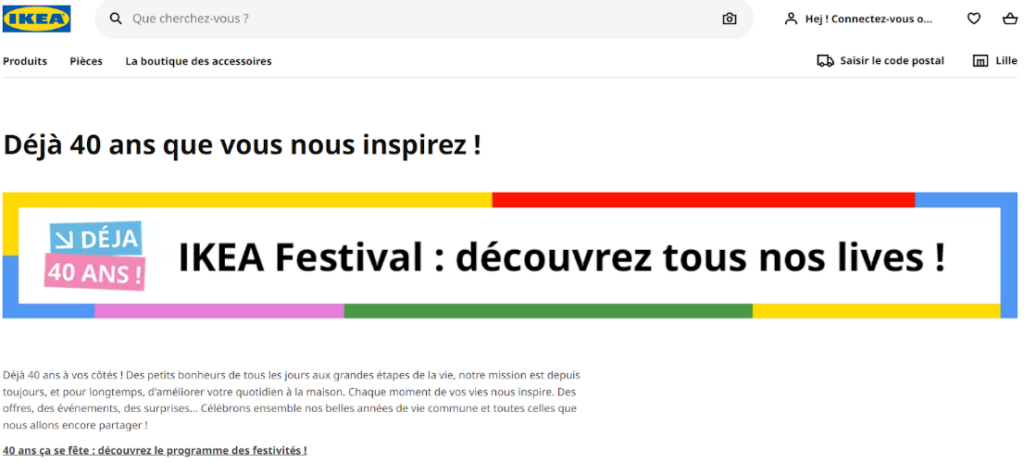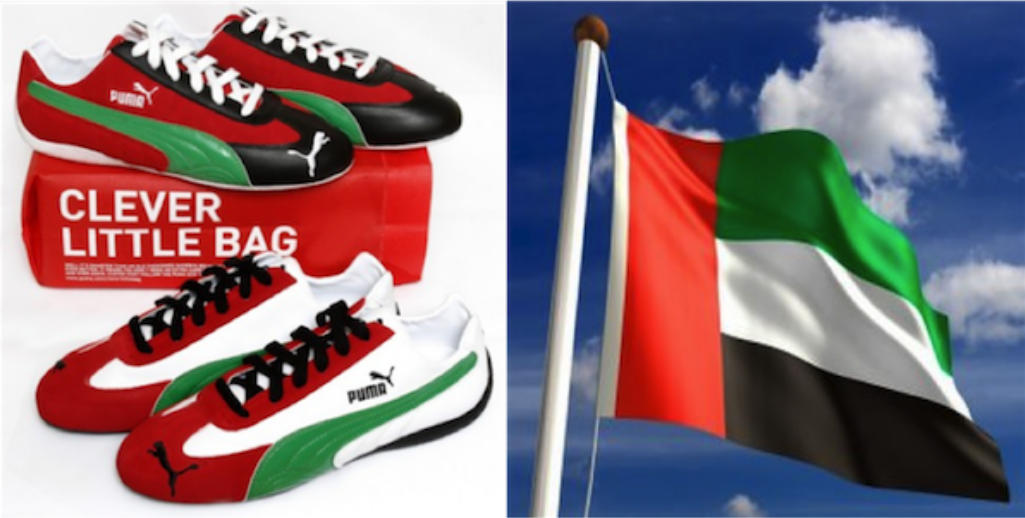Localization
You have decided to translate your content into a new language to effectively reach new markets across the globe. But most of the time you will also need to consider localization in some form, depending on the purpose of your content.
What do we mean by localization?
Localization involves adapting your content for your target audience, considering cultural nuances and consumer preferences. It ranges from changing colors or images on marketing materials to better fit the country’s traditions and culture to converting units of measurement.
Localization vs. translation
Translating is the process of transferring text from one language to another one. Translators rework the text considering differences in words, grammar and syntax in the source and the target languages. While a translation is technically correct, localization goes a step further by considering what will resonate with your target audience.
More often than not, you will require both translation and localization to effectively communicate in a new language. The level of localization will vary depending on the type of text and how many elements are deeply rooted in a particular language, culture or country. So localization and translation are not exclusive, but work together!
What are the main elements of localization?
Message and tone of voice
Localization experts understand cultural quirks, traditions and norms in the source language and localize these elements using the corresponding equivalents in the target language. For example, Friday the 13th is usually associated with the superstition of bad luck in the UK.
However, the Spanish equivalent of the UK’s Friday the 13th is Tuesday the 13th. So if you are translating your content into Spanish, talking about bad luck on Friday the 13th will leave your Spanish audience feeling confused.
Numbers, dates, and measurements
Numbers, dates and measurements are different between countries and even within the same language.
This means that if you are translating a technical text in English with reference to pounds or feet, you may have to convert these units of measurement into kilograms or meters in most European languages.
Similarly, shoppers on global e-commerce sites are more likely to make a purchase if they know that the size of an apparel item would fit them. Therefore, showing equivalent international sizing for the USA, the UK and the EU is a must in today’s global market.
User interface
Language affects the interface design of your website or app. And that can be a big challenge for Right-to-Left (RTL) languages such as Arabic and Hebrew because the design needs to be flipped or mirrored. All the elements of navigation, such as the back button, are displayed in reverse order, so you will need the assistance of a localization expert with a background in design to make sure your multilingual website or app offers a good user experience.
Imagery and color
Colors and visual elements that are appropriate and meaningful in one country can have a completely different effect in another country. For example, the color red represents good luck, prosperity, and happiness in China, while in some African countries red is associated with death and violence.
Payment method
Displaying prices in different currencies, supporting multi-currency payments and providing different payment options is important for online shoppers and reduces shopping cart abandonment. Preferred payment methods can vary from one country to another, so it is important to offer options such as bank transfer, PayPal, credit card or direct debit based on the country’s preferences.






